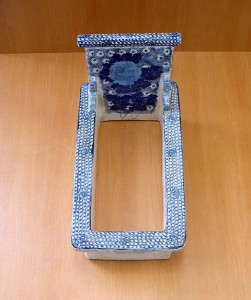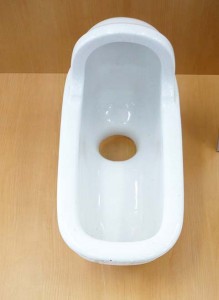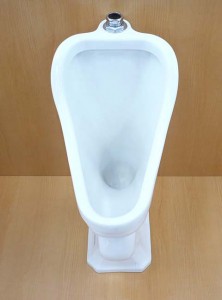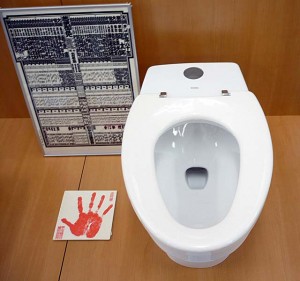This is sequel to “Japanese Unique Toilets Exhibition — Part 1.”
If you haven’t read part 1, please read it first!!
<The History of Japanese Toilets>
6. Meiji period (1868 to 1912):
Finally, wooden toilet was over!! More lasting ceramic toilet was born.
The shape was still rectangular, same as the wooden ones.
It’s got fancy decoration around it. (see photo 6)
7. Showa 6 to 28 (1931 to 1953):
They made it round shape because it make out less distortion.
They got rid of decorations. (see photo 7)
8. Showa 26 to 46 (1951 to 1971):
It’s a uric potty for both male and female.
It looks like more for males but it gained women’s popularity more at that time.
When stockings became popular, women weren’t comfortable to use old toilet because as they bent their knees, the stockings run.
With this standing potty, no more runs in stockings!! (see photo 8
9. Sumo wrestlers’ toilet made in Showa 60 (1985):
As you can see, sumo wrestlers have huge buttocks.
This seat is larger than regular toilet seats and it can hold more weight.
When the new Ryogoku Kokugikan (Sumo arena) was built, this larger toilet was created. (see photo 9)
There are more pictures coming up.
Please don’t miss them!
This is JAPAN Style!
You should follow me on Twitter HERE.









![[Photoblog] Tokae at Heijokyo Palace](http://www.japanstyle.info/wp-content/uploads/2012/09/20120916_photoblog_tokae-at-heijokyo-palace-65x65.jpg)


One thought on “Japanese Unique Toilets Exhibition — Part 2”